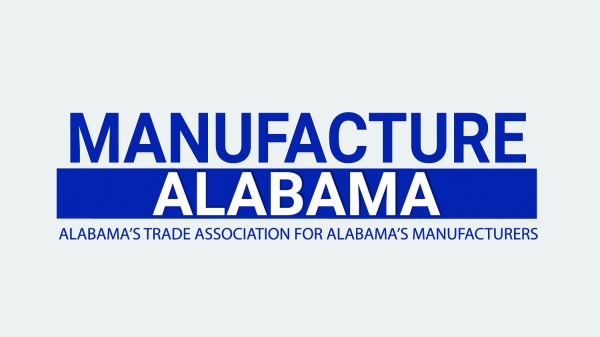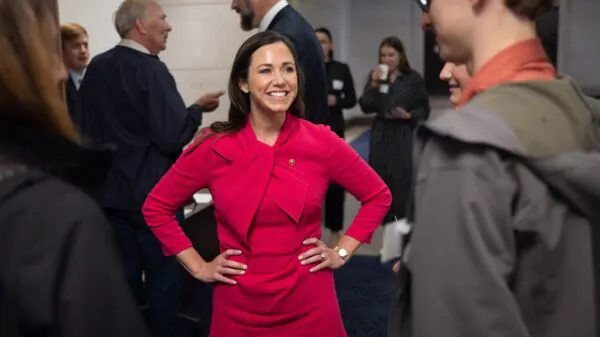On October 1, Alabama Secretary of Commerce Ellen McNair presented Governor Kay Ivey with the state’s new economic development plan, “Catalyst.” Representatives from the Economic Development Partnership of Alabama, Innovate Alabama, and Retirement Systems of Alabama had been working alongside McNair to supervise the project.
In the works since this past April, Catalyst will replace “Accelerate Alabama,” a similar plan which was first compiled in 2011 and then updated in 2016. It comes with a price tag of at least $450,000: the amount the Alabama Department of Commerce sent to the Economic Development Partnership of Alabama in order to help pay consulting firm McKinsey & Company and teams from Troy University and Alabama A&M for their work on the plan.
“We must have an economic development strategy that prepares Alabama for the 2030s today,” Ivey stated in a press release. “Catalyst will keep us energized and in the game as the future brings new challenges.”
The governor explained that she feels the plan is needed to keep Alabama “competitive for projects that create good jobs and inject vitality into communities.” McNair said that “with this inclusive strategic plan in hand, Alabama is committed to fostering a vibrant and diverse economy that can adapt to the rapidly changing global landscape.”
However, some remain both skeptical of whether the plan will result in significant improvements for Alabama workers and concerned about McKinsey’s involvement.
On a June broadcast of union talk radio show The Valley Labor Report, Jacob Morrison, the president of the North Alabama Area Labor Council, criticized McKinsey’s role in drafting the new plan in a conversation with freelance journalist Gabriella Spielberg. Spielberg produced a 15-minute video on the firm for progressive media nonprofit More Perfect Union.
In addition to discussing how McKinsey is currently under criminal investigation for its potential involvement in the opioid crisis, they touched on McKinsey’s history advising private companies. “A big part of their M.O. is mass layoffs,” Spielberg said.
“It should concern every Alabamian who works for a living, rather than profits off the labor of others, that the people tasked with creating a new economy for Alabama are out-of-state business consultants, with input seemingly only from ‘business leaders’ and the like,” Morrison told APR.
When asked what groups were involved in the drafting process, Stefania Jones, the governmental relations and marketing manager for the Alabama Department of Commerce, said “local economic developers in each of the state’s seven workforce regions, along with stakeholders representing the region’s energy providers, transportation infrastructure, and higher education institutions” were consulted.
Jones specifically listed the governing bodies of “Manufacture Alabama, the League of Municipalities, BCA [the Business Council of Alabama], the Economic Development Association of Alabama, EDPA [Economic Development Partnership of Alabama], and the university systems” as focus group participants.
“The focus groups were used to solicit feedback from those who work in the economic development process most closely,” she wrote.
In his statement to APR, Morrison said he feels that “if Ivey wanted to create an economy that works for the vast majority of Alabamians, she should be consulting working people and their representatives.”
“Working Alabamians deserve livable wages. We deserve health care. We deserve generous benefits when we are down on our luck and unemployed. We deserve a dignified retirement,” Morrison declared. “Perhaps this plan cooked up by out-of-state elites … will call for some of that. Given McKinsey’s track record though – I won’t be holding my breath.”
In a presentation summarizing the report that Jones shared with APR, low labor market participation rates are identified as a problem and “employment catalysts” which “[create] additional opportunity for Alabama residents” are called for. However, compensation and benefits for Alabama workers are not mentioned.
The bulk of the 24-slide presentation, and of the publicly available 1 page summary, focuses on eight target sectors and two “enablers” future policy should support.
The eight sectors are “mobility (automotive, aerospace, air mobility), defense, metal and advanced materials, chemical manufacturing, forestry and wood products, agriculture and food, bioscience, and technology.” The two enablers are “business services” and “logistics and distribution.”
Actually translating Catalyst’s suggestions into action and into policy will seemingly be the work of the recently established Alabama Growth Alliance. According to a public FAQ, “McKinsey will continue to support Commerce and its allies through the implementation phase of the new strategic plan.”




















































